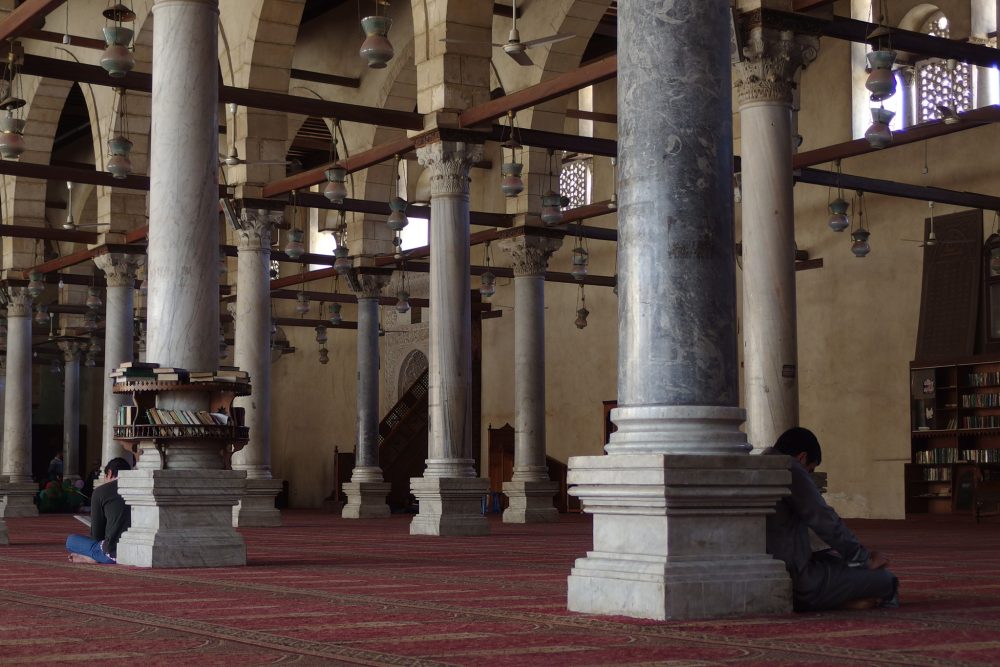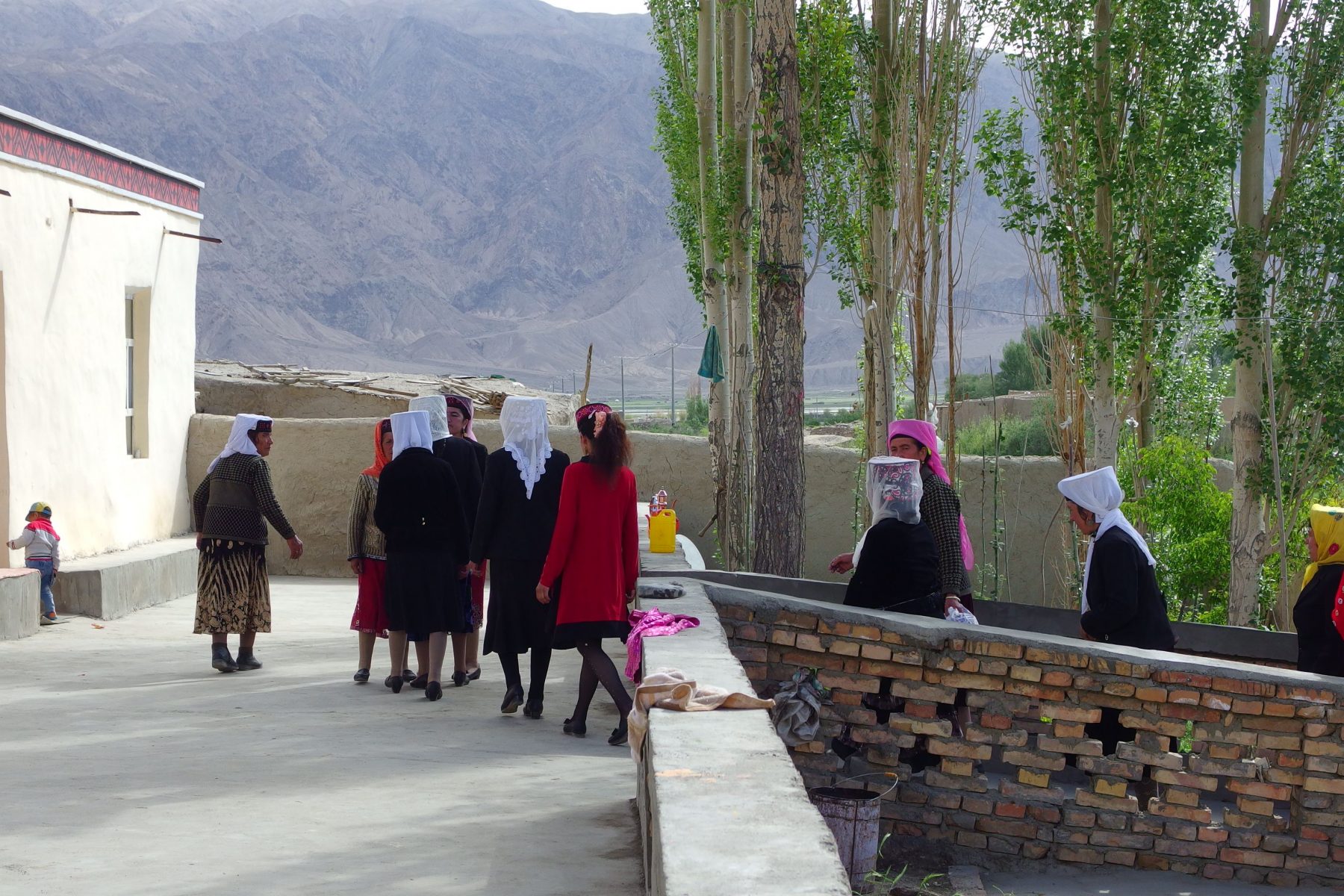
Series Traveling Asia through a Window
Memories of a Skylight: Tashqurqan Part 3
19 Jul 2017
The following morning when I arrived at Classy’s house at the scheduled time, we met with another man who seemed to be about the same age as Classy. After finishing a cigarette the three of us left the house.
We arrived at a stone house covered with an ocher mud much like Classy’s. There were people of all ages and both sexes all wearing decorative clothing, and the atmosphere was such that it seemed as if a festival were about to begin.
After being invited into the house, I found that people were gathered in the central room which I have often referred to (in this house pink was the base color), and in the back of the room a man and a woman were sitting dressed in the most ostentatious clothing of them all. I realized after noticing that everyone was surrounding the couple that I had been invited to a Tajiki wedding. I was surprised that a Japanese man like myself who had just been met the previous day had been invited to a wedding in the community, but there really is no better opportunity to observe the way they used the home than at such an event. The corner in which the newlyweds sat was hidden by a pink lace cloth, creating an only partially visible space.
-
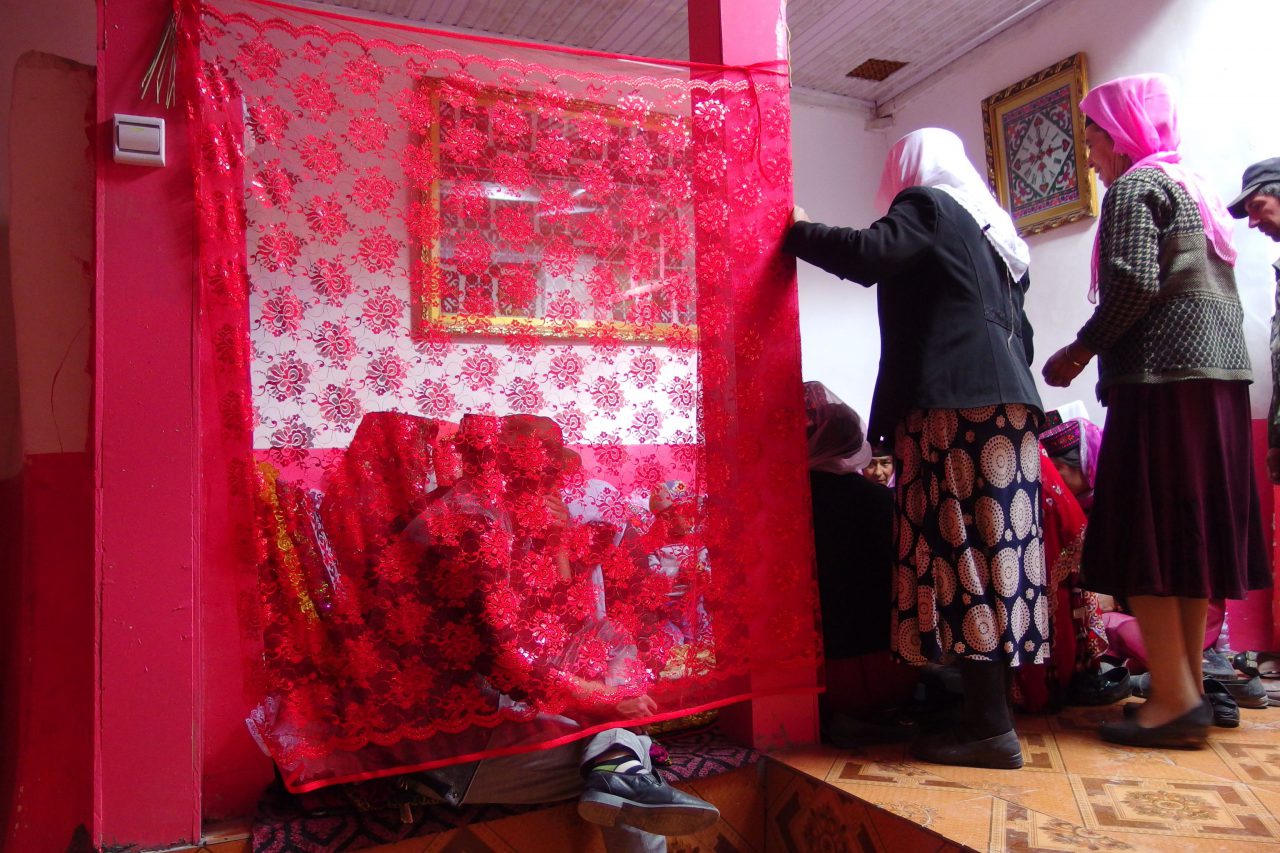
The newlyweds sit in the back, hidden by a pink lace cloth.
As one would expect there was a skylight in the room. Bright light flowed through the skylight, the edges of which formed geometrical shapes.
-

The skylight, the edges of which form geometrical shapes.
Children and the elderly came one after the other dressed in decorative garb. They came into the room as they arrived to give their greetings. It seemed as though their greetings differed depending on their age and gender.
The people who finished their greetings sat and chatted with one another or ate sweets. In a removed place there was what seemed to be a men’s only waiting room with people talking and smoking cigarettes. Without much to do I went around to observe each room, sipping what seemed to be a never ending supply of tea.
-
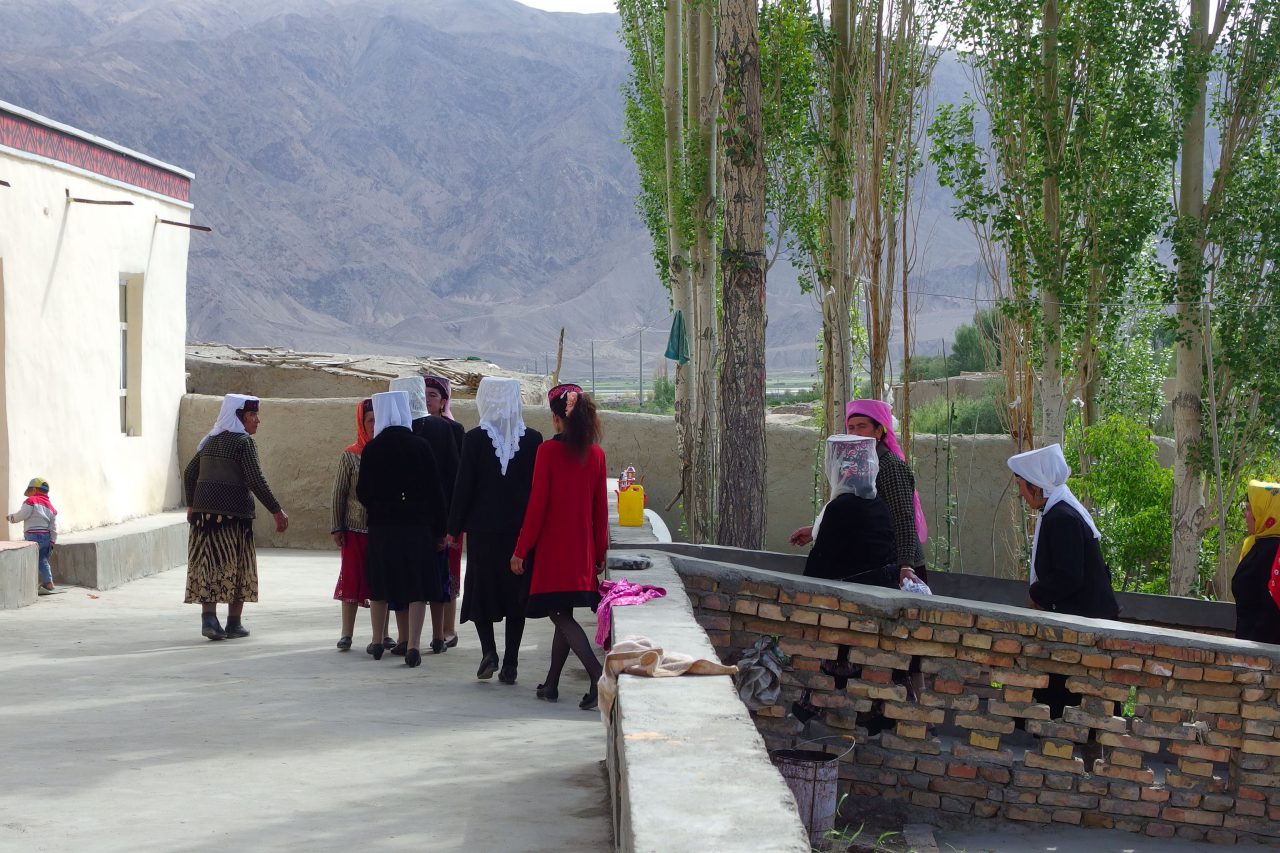
A continuous flow of women gathering. Their scarves and hats seemed to be formal.
In time a small truck came bearing five or six goats. It seemed they were to become the evening meal. The men chose three of them and brought them into the central room that I described earlier. There everyone placed their hands before their chests and followed an old man in some kind of chant. It was probably some form of thanksgiving to the gods because they were going to eat the goats. At the time around forty people had gathered in the room, which was certainly not a large one. When that was over the goats were killed in front of the house and served as the wedding feast.
The sound of music drifted from the house while I watched the goats being slaughtered and the meal prepared. I looked inside the room to find two or three couples taking turns dancing around the room to the rhythm of drums and flutes (they resembled Japanese festival music) with their arms outstretched. It was the wedding reception. In the center of the room was a depression (Classy’s house had one as well), so it was a party set up in which people would dance in the center and others would surround them and watch. The light from the skylight accentuated the serene liveliness of the dance.
-
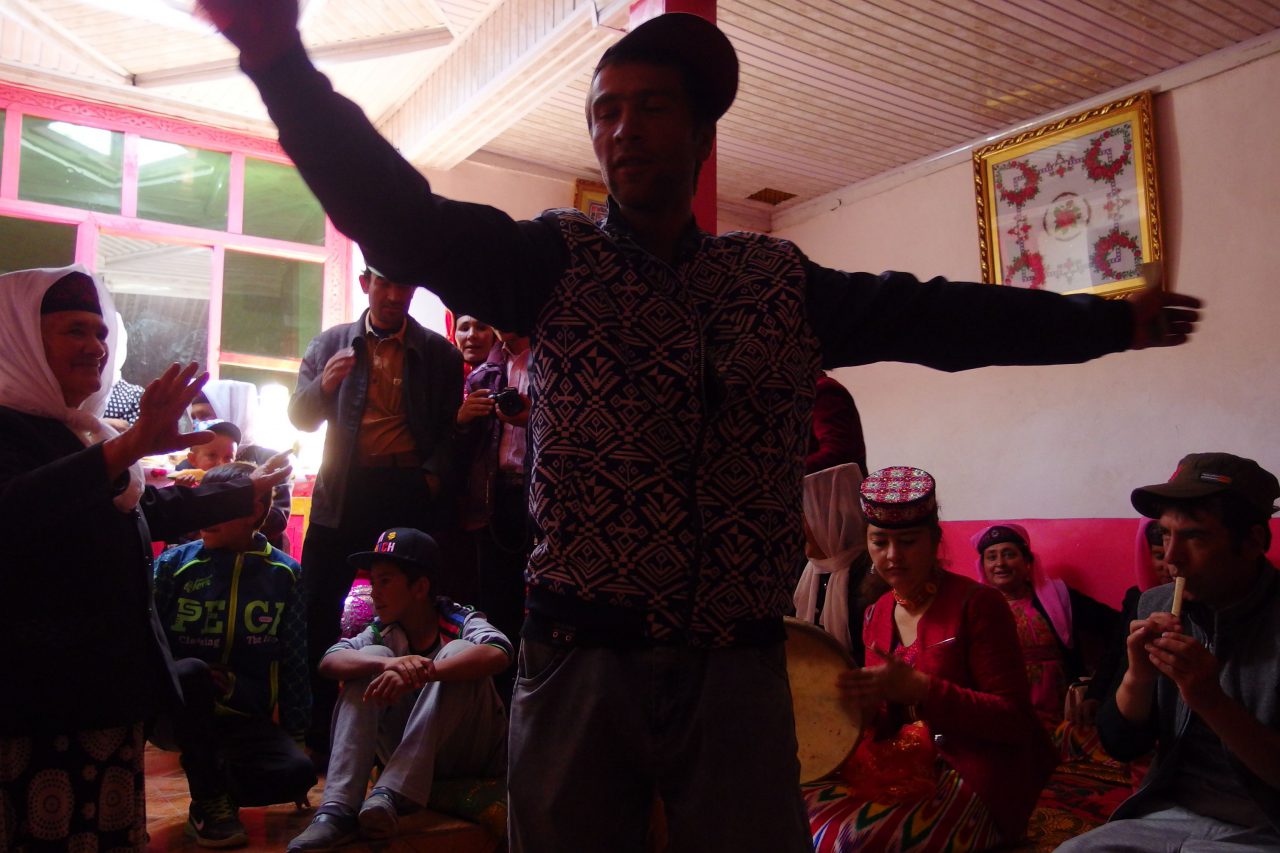
The celebratory dance in the center of the room
As far as I could tell throughout this time the newlyweds were sitting in their designated spot, and when I peeked inside their enclosure they were doing what appeared to be a ritual in which they were mixing flour in a bowl. I imagined it might be something like the first cutting of the cake in Japanese wedding ceremonies.
From what I just described you can tell that all the important ceremonies in Tajiki weddings took place in this center room with the skylight, just as I had imagined. It was a series of events that seemed to confirm the significance that I felt about the room at Classy’s house. I thought about this while I ate the meat of the goat that had been living not moments before.
-
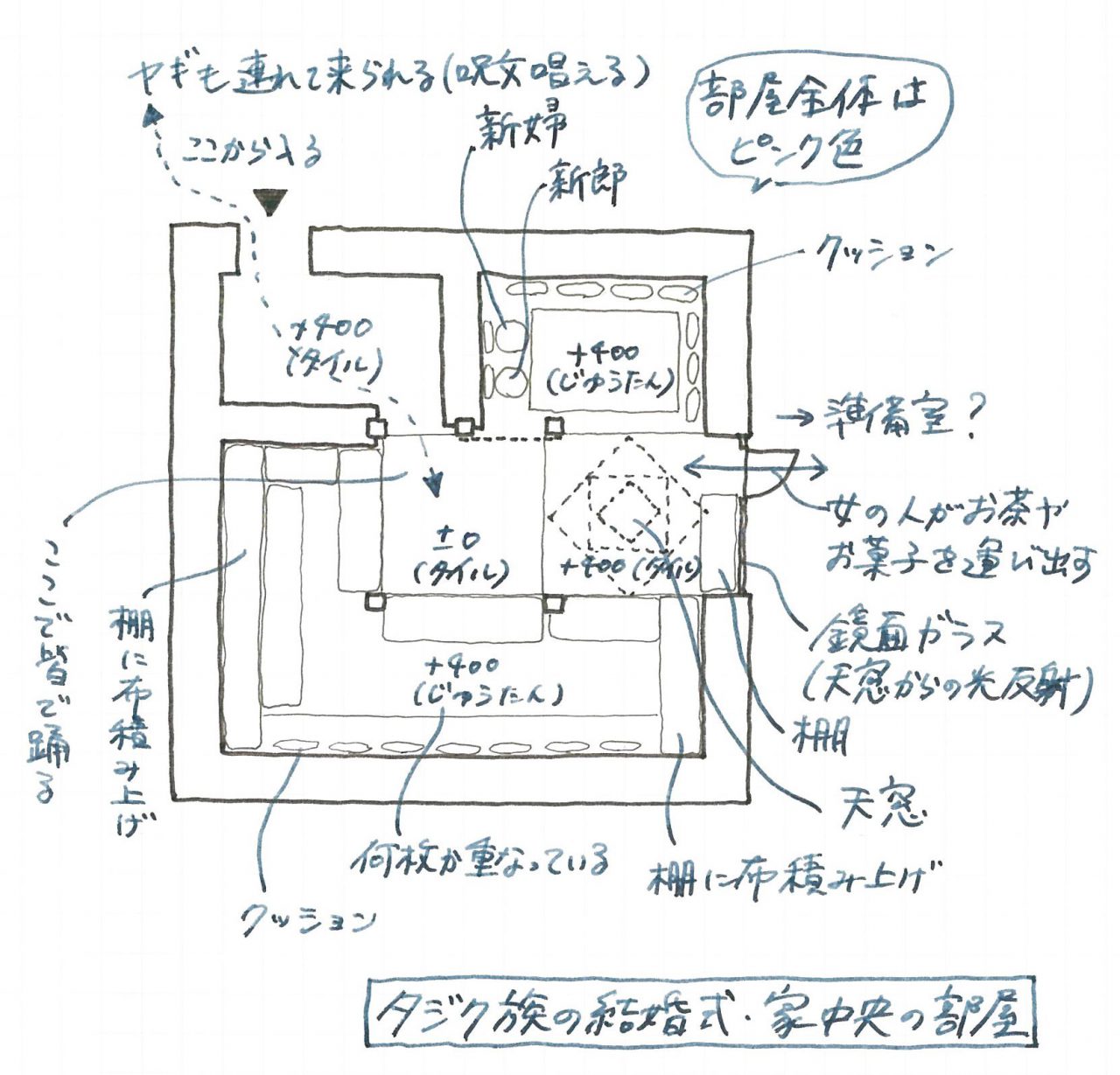
A sketch of the floor plan of the central room
I left the wedding and walked through the village back to my lodgings. As I suspected, each of the houses was equipped with a skylight. There were many different styles, with some protruding out above the roof and others simply built into it, but the most important events of each family will probably go on taking place beneath these skylights.
-
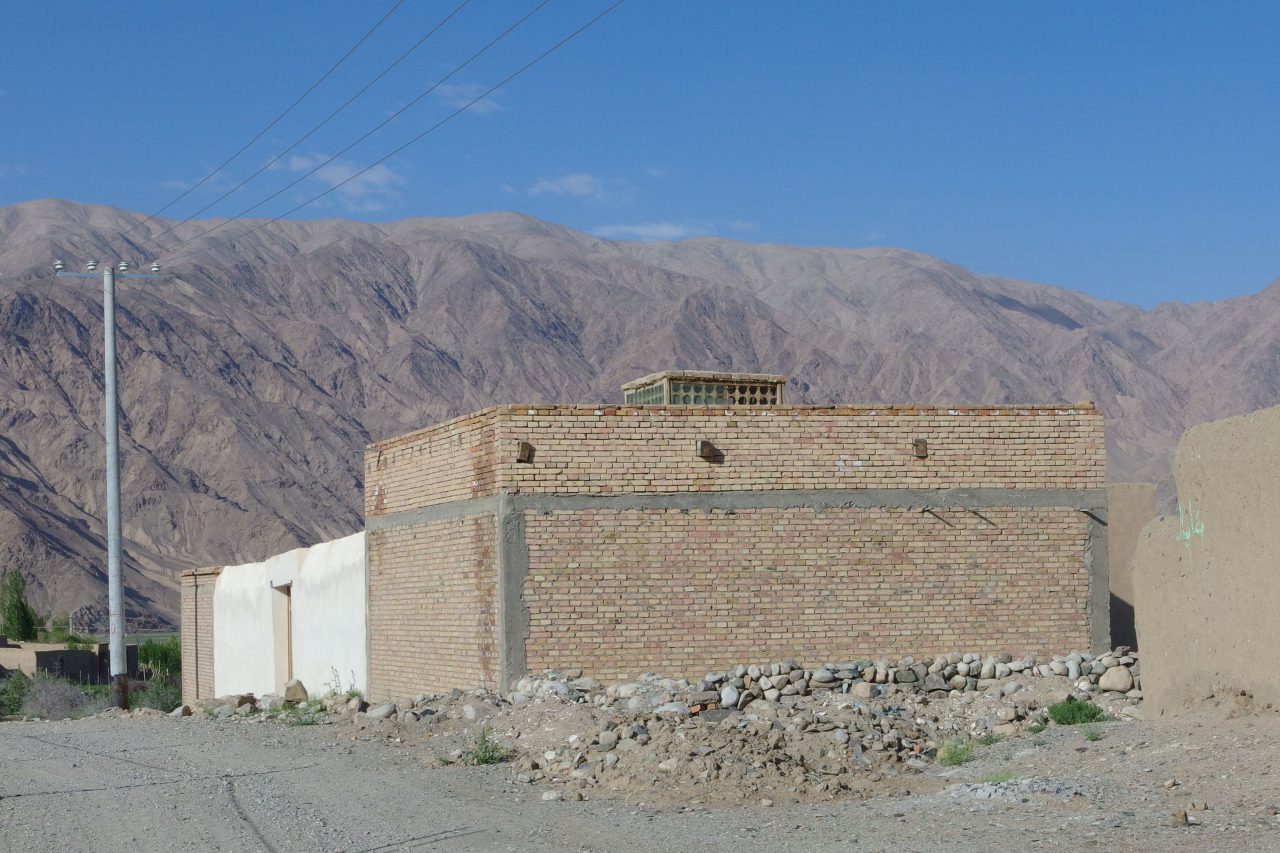
A protruding skylight
-
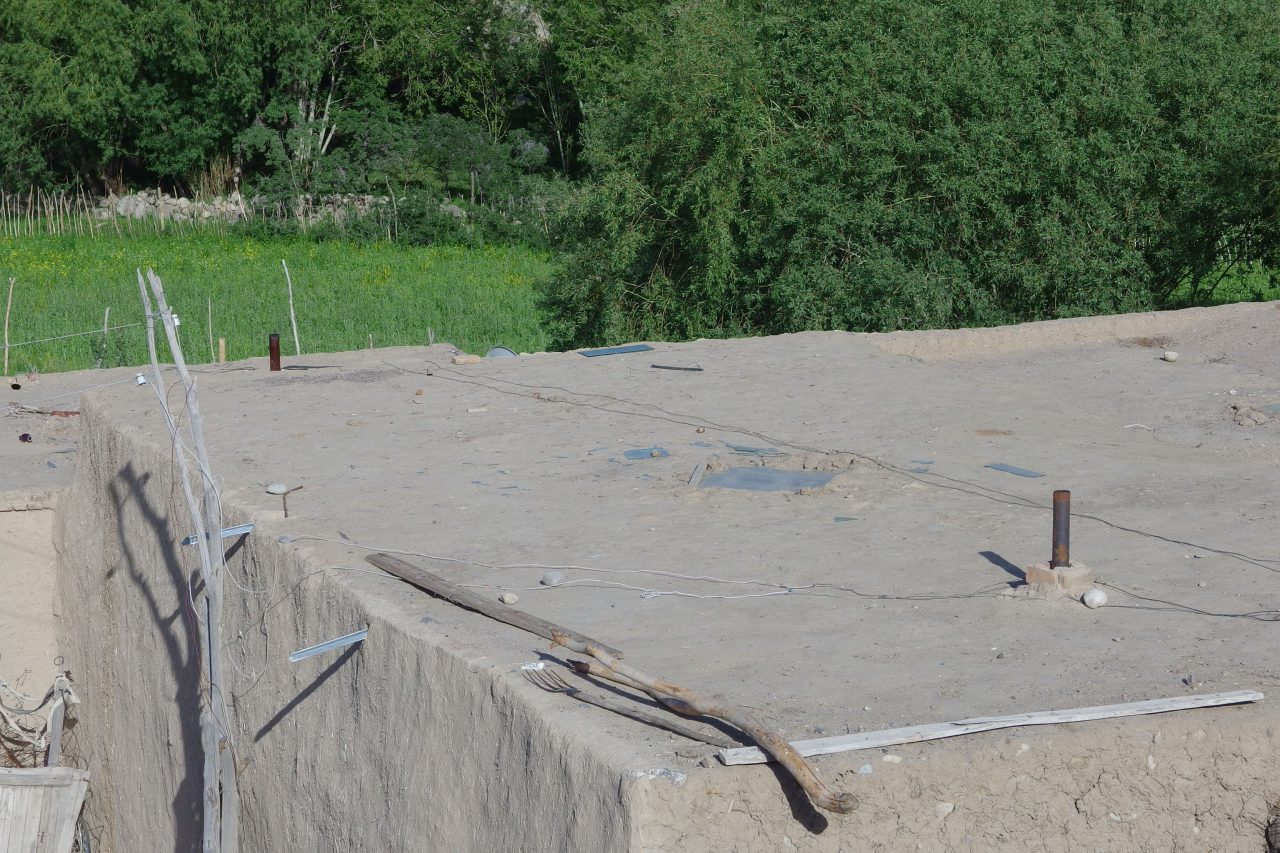
A skylight where the glass is just built into the roof
Ryuki Taguma
Taguma was born in Shizuoka prefecture in 1992 and grew up in Tokyo. In 2014, he graduated from the Department of Architecture (Creative Science and Engineering) of Waseda University. He received a gold medal for his graduation project in architecture and received top recognition for his graduation thesis. From April 2014 he began life as a graduate student in architectural history, studying under Norihito Nakatani. In June of 2014 he proposed a restoration plan for residents of Izu Ōshima for a sediment-related disaster. This would become his graduation project. In 2015 he took a year off from school to travel around villages and folk houses in 11 countries in Asia and the Middle East, visiting countries from China to Israel. In Yilan County,Taiwan, he worked as an intern at Fieldoffice Architects.




